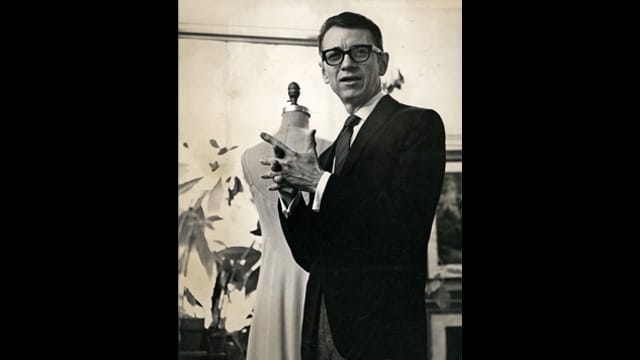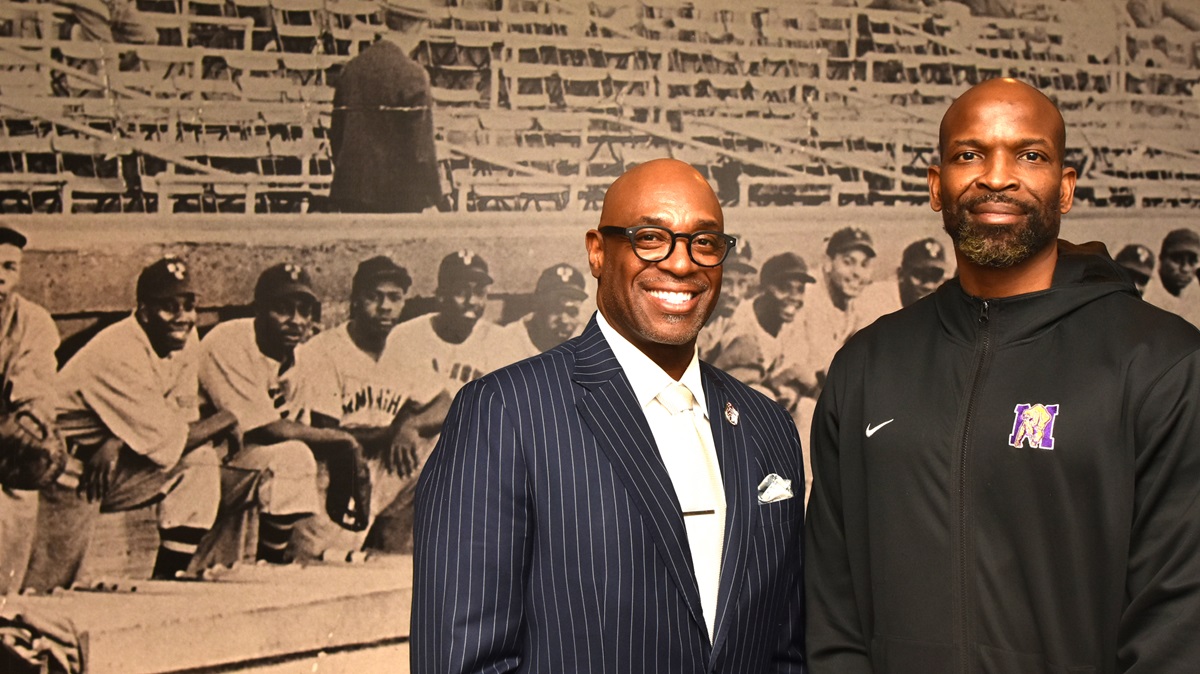On this day in Alabama history: Charles Kleibacker was born in Cullman

Nov 20 feature
Charles Kleibacker, c. 1960s, poses in the studio of photographer Adelaide Passen in New York City. (From Encyclopedia of Alabama, courtesy of Charles Kleibacker Collection. Kent State University. School of Fashion Design and Merchandising)
November 20, 1921
Fashion designer Charles Kleibacker was born in Cullman. Best known for his use of the bias, or diagonal, cut against the weave, in day and evening dresses, Kleibacker established a successful studio in New York City that specialized in hand-sewn assembly techniques. His work can be found in a number of museums and costume collections across the country.
Read more at Encyclopedia of Alabama.

A817 pattern created by Charles Kleibacker for Reader Mail Inc., USA. A brilliant technician, Kleibacker created a fitted and fluid dress with this pattern design based on only three pieces. (From Encyclopedia of Alabama, pattern by Reader Mail Inc., USA. Michael Cunningham Collection)

Charles Kleibacker developed an individualistic style that did not follow trends. He designed his garments with the aim of providing a good fit while also allowing for freedom of motion. These three cocktail dresses are good examples of his unique style: teal four-ply silk, c. 1973 (left); green wool, 1968 (middle); black four-ply silk, 1978 (right). (From Encyclopedia of Alabama, photograph courtesy of the Kent State University Museum)

Inspired by fabrics, Kleibacker would develop styles that catered to the properties of their different weave structures. He created this bias-cut dress using silk gazar, a lightweight fabric made of tightly twisted threads that can generate sculptural volumes. (From Encyclopedia of Alabama, photograph courtesy of the Kent State University Museum)
For more on Alabama’s Bicentennial, visit Alabama 200.







